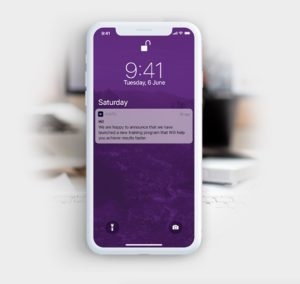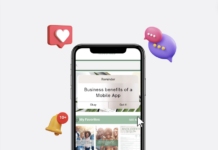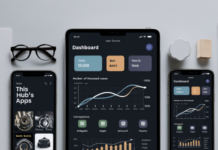According to the Association for Talent Development (ATD), organizations that provides formalized training programs have 218% higher income per employee than companies without formalized training. The story doesn’t end there. These companies also enjoy a 24% higher profit margin than those who spend less on training.
As it turns out, training is one of the most effective things that a company can do to increase field productivity.
Field training is important in so many ways. It helps improve employee engagement and increases employee retention. If done right, it also has a positive impact on efficiency, innovation and productivity.
As a direct selling company, we must continue to make coordinated investments in our training programs if we wish to grow our sales field. But, creating an effective training program for a direct selling company can be a daunting project. We spend an incredible amount of time figuring out “what” to teach, that we often neglect the “how” we teach. And while every direct selling and MLM company is unique and has unique training curriculum, there are programmatic best practices that we can all apply to our programs to keep users coming back for more.
In this article, we focus on best practices for delivering your training curriculum inside your mobile application.
Components of a compelling training app for direct selling companies:
- Gamification: Games have existed for as long as we have. Whether for fun, training, or even survival, every one of us loves to partake in games. It’s just a natural part of life. So take advantage of this concept in your training program by combining elements used in games to encourage your desired behavior. These can include things like points, badges, quests, and other incentives that users love. Gamification is the use of game mechanics to generate engagement, promote learning, and motivate performance.
- Iconography: A fun, addictive game app that invites the user in with light-hearted icon. This begins with the app icon’s graphic in app stores that bring your story in. It might seem insignificant, but it’s important because an inviting application will pull the users in over and over again. And consistency is crucial to make your training stick.
- Launch Screen: Your initial screen needs to maintain the app’s disguise as a fun, even silly game, featuring your brand as lead protagonist.
- Design: From an aesthetic perspective, the design of the app should maintain this inviting feel, blended with the learning. Check out some principles of flat design and Google’s material design language for some great inspiration.
- Onboarding: We should make it as easy as pressing the “getting started” button. Once that is done, we need to get the user onto their path as soon as possible. Forget about collecting a bunch of info at this point, save it for later and start them on the path.
- Learning: Make it easy to get to, then navigate to learning content from your home page. Provide easy to follow path so that the end user doesn’t have to overthink the decisions. Again, we just want to get them started.
- Move them forward: Give them some kind of a path or journey to explore and give them clear indications that they have progressed. Think back to kindergarten and remember what motivated you when you were an easily distracted kid; your distributors, deep down, are not too different.
- Make rewards immediate: One of the hallmarks of successful positive reinforcement techniques is that they are immediate. They occur in the moment that your subject is performing the right action. Reward them every step of the way. Did they read through your first training module? Give them a little virtual badge. Give them points they can trade in for something later.
- Profile: It may seem counter intuitive, but we suggest asking for any necessary profile information after the user already started learning. Go for the play first, setup profile later flow and only make them fill out the most necessary stuff. The people will appreciate your no frills interface that gets them back to learning quickly. If it’s not fun, we want to minimize it as much as possible.
- Give them that ONE thing: What is the singular function that our distributors or customers would go wild at? Figure out what that is, and master it. It has been proven that having a single, lone function that is highly targeted and valuable, will keep them coming back all on its own.
- KPI’s and Measurements: Top KPIs we measure are the number of active users, number of times per month a user returns, time spent in the app, average journey completion and attrition. Your KPI’s might differ a little but it’s important to identify the KPIs that are important to your success and measure your success over time.
Conclusion:
The best way to achieve good results in creating an effective training app is to think carefully about what training you are going to provide, how you will deliver and how you can evaluate to make future releases effective and better.
The leading training apps such as Duolingo and BrainScape have shown us that out sized results can be accomplished for your training program by leveraging proven best practices. Approaching your development with things like ” fun” and “engaging” as top priorities. Then, use your KPIs and data to take your training program to the next level. And, as Benjamin Franklin once said, “An investment in knowledge always pays the best interest.”










